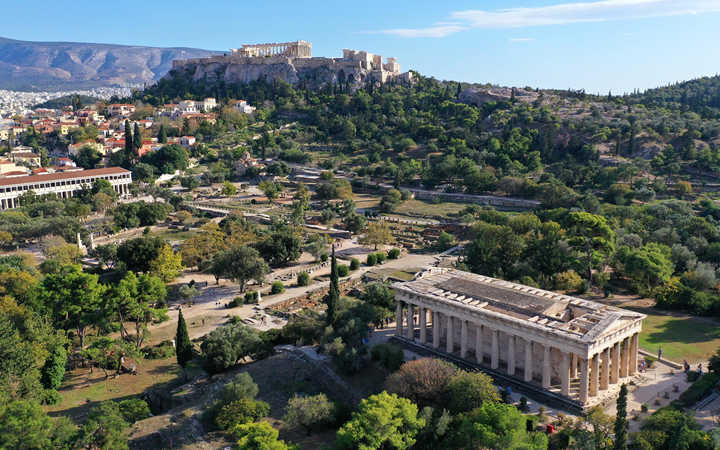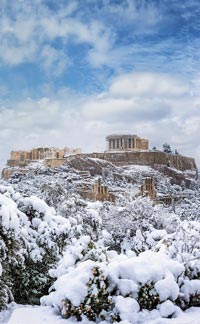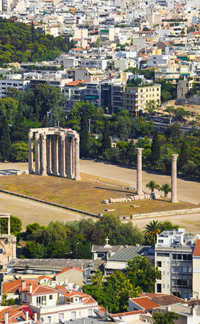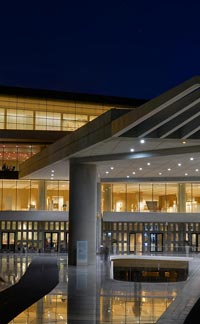Tucked beneath the majestic slopes of the Acropolis lies the Ancient Athenian Agora – a vibrant hub that once formed the political, social, and commercial nucleus of classical Athens. Unlike the Acropolis, which stood as a sacred space, the Agora was where democracy was born and daily life truly unfolded.
Dating back to the 6th century BCE, the Agora was more than just a marketplace. It was a gathering place where citizens met to exchange ideas, debate policies, worship the gods, and conduct business. With stoas, temples, law courts, and administrative buildings lining its expanse, the Agora reflects the multifaceted spirit of ancient Athenian society.
Top 10 Must-See Attractions in the Ancient Athenian Agora
- Temple of Hephaestus: Often overshadowed by the Parthenon, this exceptionally preserved Doric temple honors Hephaestus, the god of craftsmanship. Surrounded by greenery, it offers a tranquil escape and a striking view over the ruins.
- Vasilios Stoa – Archon Basileus Gallery (500-479 BCE): The oldest gallery in Athens, located in the Agora. This building was a significant part of Athenian civic life, serving as the official residence for the archon-basileus (the chief magistrate).
- Gallery of Zeus Eleutherios (430 BCE): A sacred space dedicated to Zeus Eleutherios (Zeus the Liberator), this gallery was a focal point of worship and civic meetings in the Agora.
- Mitroon – Temple of the Mother of the Gods: An important religious site dedicated to the Mother of the Gods, an essential figure in ancient Greek religion. This temple is an example of how the Agora was both a civic and spiritual center.
- Pholos – Residence of the Prytaneis (460 BCE): A structure where the Prytaneis, the executive branch of Athens, would meet. It played a critical role in the day-to-day administration of the city.
- Monument to the Eponymous Heroes (4th century BCE): This monumental structure commemorated ten legendary heroes of Athens, with statues representing the various tribes of the city-state.
- Odeon of Agrippa (63-12 BCE): A large concert hall constructed by the Roman statesman Marcus Agrippa, showcasing the growing influence of Roman architecture and culture in Athens.
- Stoa of the Painted Colonnade (Stoa Poikile): Known for its vibrant frescoes, this stoa was both a gathering place for citizens and an artistic landmark.
- Stoa of Attalos: Reconstructed in the 1950s, this elegant two-story colonnaded structure now houses the Museum of the Ancient Agora, displaying pottery, coins, and items from daily life that reveal the sophistication of classical Athens.
- Sacred Road of the Panathenaic Procession: The ancient path along which the grand procession to honor Athena took place, filled with ceremonial significance during the Panathenaic Festival.
Walking through the Agora today, one can almost hear the echoes of Socrates engaging in philosophical discourse, or citizens gathering to cast their votes and shape their city's future. It’s a place that pulses with the intellectual and civic legacy of ancient Greece.
Visitor Info
Location: Adrianou Street, near Monastiraki Square
Phone: (+30) 210 321-0185
Opening Hours
- Summer (April–October): 8:00 – 20:00
- Winter (November–March): 8:00 – 17:00
- Closed on: January 1, March 25, May 1, Easter Sunday, December 25–26
Ticket Prices
- Standard (Apr–Oct): €10
- Reduced (Apr–Oct): €5
- Standard (Nov–Mar): €5
- Free Entry: EU citizens under 25, and on select days (first Sunday of the month from Nov to Mar, March 6, April 18, May 18, last weekend of September, October 28)
Whether you’re a history buff, a philosophy lover, or just a curious traveler, Ancient Agora offers a deeply enriching glimpse into the everyday life and democratic ideals of Athens’ golden age.


















